Bitesized Lessons in Antifragility #3: What is Antifragility? Math Proves that You Should Lift Heavy Weights + My Transformation
Hi all! This is the third lesson of my online education series in antifragility, an important concept in living a more fulfilling life, building an exponentially growing startup, why Bitcoin and Steemit work, why evolution works, how to improve the efficiency and rigor of scientific research, human extinction dangers of GMOs, benefits of exercising, and much much more. Think of antifragility as the mathematical backbone of stoic philosophy.
Nassim Taleb's works are required readings: http://fooledbyrandomness.com/
Comment below constructive criticism or which topic you would like to hear about next and get upvoted!
What is Antifragility?
It took me until the 3rd lesson in this series to finally get to the definition of antifragility. After the first two experimental posts to figure out that most people crave posts that are easy to understand and easily applicable with concrete examples. That will be the tone of this series from now on. I will also write other posts that are longer and more in depth.
Something is antifragile if it benefits from stress, risk, and uncertainty. This is as opposed to fragile things, which are harmed by stresses and uncertainty. For example, a tea cup is fragile. If you drop it from 1 inch high, it won't break, but when you increase the stress by dropping it from 5 feet high, it will break. A metal coin is resilient. It won't break regardless of the height you drop it from, but it won't benefit from the stress either.
The human body is more nuanced. It is antifragile up to a certain threshold. That threshold is the point of irreversable physical damage. Basically, the old adage "what doesn't kill you makes you stronger" sums up antifragility. Although this sounds obvious, most people don't realize how many aspects of life this applies to. My goal to show how antifragility can apply to just about anything in unexpected ways. Also, it's important to note that unlike other branches of philosophy, antifragility as been rigorously mathematically described: https://arxiv.org/ftp/arxiv/papers/1208/1208.1189.pdf
Vegeta of Dragonball Z explains why Saiyans are antifragile:
However, you don't have to be a Saiyan to be antifragile. As a human, every choice we make in life, we can choose to be either fragile or antifragile. Aubrey Marcus calls this the Warrior Poet Mindset:
"A warrior lives to overcome challenges."
Why should I care to get stronger?
Adding years to your expected life span is a compelling reason to get stronger. A strong grip is a great predictor of life expectancy. http://www.medicaldaily.com/get-grip-handshakes-better-predict-life-expectancy-blood-pressure-muscular-strength-333202
The findings revealed for every 5-kilogram (11 pounds) decline in grip strength, there was a one in six increased risk of death from any cause.
A 2014 study published in the journal PLOS ONE found hand grip is related to other markers of aging, such as people’s future mortality, disability, cognitive decline, and the ability to recover from hospital stays.
What can I do to become antifragile?
You can start lifting.
Here is my Transformation: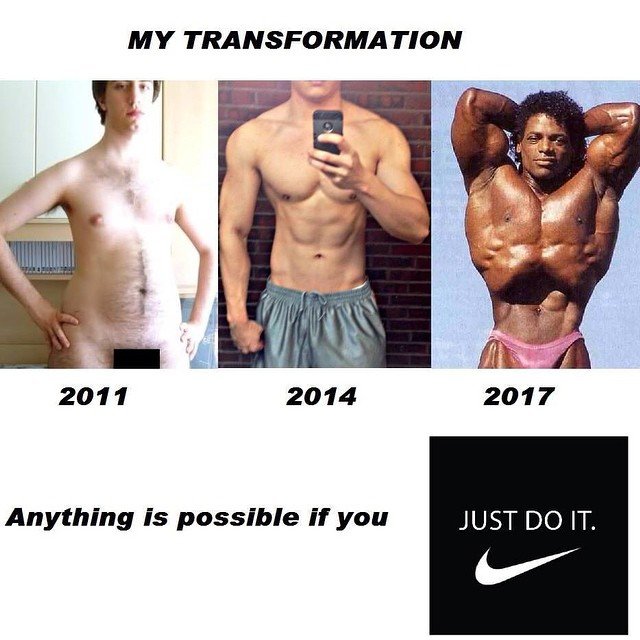
Just kidding! (Only middle picture is actually me)
But here is my real transformation:
From April 2013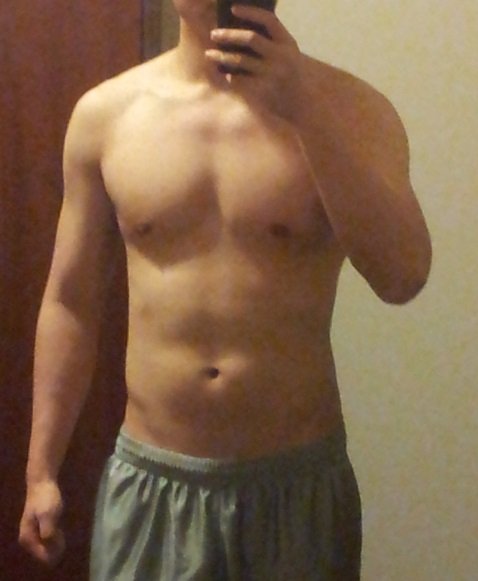
To November 2014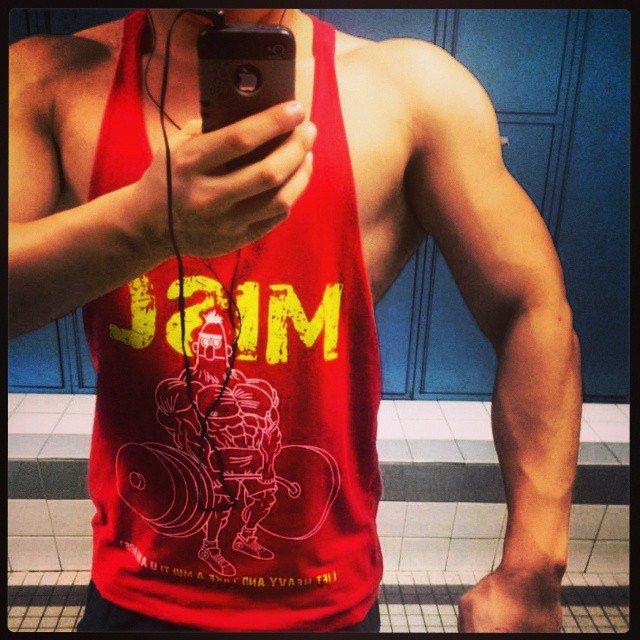
Note that in April 2013, I had already been lifting on and off for around 3 years and had a powerlifting total of around 1000lbs. But then I took lifting more seriously for the next year and ended up at a powerlifting total of around 1350lbs.
Explaining lifting and gains in the context of antifragility
Every rep you lift, you are introducing stress to your body. You are causing micro-traumas to your muscle fibers. However, provided that you don't seriously injure yourself and feed yourself enough post workout, your body will over compensate for the micro-traumas so that you become better off than before you lifted.
In more technical terms, Trial and (small) error produces convex risk functions. You want a result of small pain leading to high gains, like the top graph below.
If there is enough interest, I will describe my workout methods for maximizing gains while minimizing equipment and time. Now go out there and make some gains! ALL KINDZ of GAINZ! ALL KINDZ!
That's it for this lesson, thanks for reading!
If you enjoyed this post, please follow me at @limitless
Also check out @xtester if you want to see how antifragility applies to Tesla Motors and Steemit!
Previous lessons:
Lesson #1: Importance of Decentralizaton: https://steemit.com/antifragile/@limitless/bitesized-lessons-in-antifragility-1-importance-of-decentralization
Lesson #2: What is a Black Swan?: https://steemit.com/antifragile/@limitless/bitesized-lessons-in-antifragility-2-what-is-a-black-swan
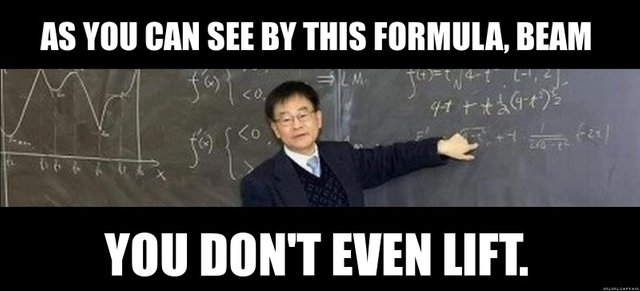
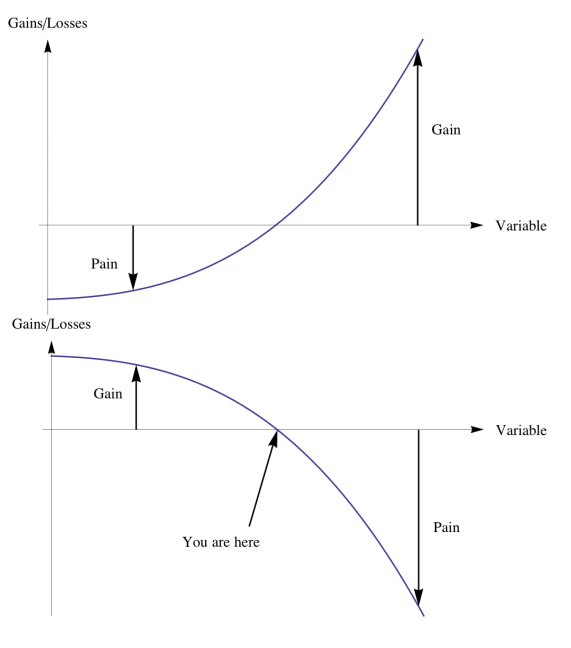
No pain no gain! Saiyan get stronger when their backs are against the wall! Goku has the antifragility mindset built in!
Nassim Taleb is actually Goku... until disproven
:P
#induction
Several intriguing elements in your post, thanks for writing this up.
Without having thought myself through these concepts I somewhat tend to believe that I´d aim for resilience rather than anti-fragility. As a human being it´s simply an impossibility to constantly gain from stress. Might be different for an algorithm or a learning machine.
Taking the bodybuilding/weight-lifting analogy, it would actually be the person at the very left that would be the most anti-fragile one according to the definition, since he would certainly gain the highest benefit from stress (exercising) . At the same time he would be the least resilient of the three, as his threshold for stress-induced physical damage is the lowest. The person at the very right has probably exhausted any room further stress-induced gain. Even a lack of stress (exercising) would let him becoming weaker. Just some thoughts on this very interesting topic.
Thanks for the feedback! Diminishing marginal returns is definitely true. There are many layers to this problem that makes it rather complex. Perhaps I am oversimplifying a highly complex topic.
While it is true that someone untrained would gain the most from the same amount of stress, he cannot handle as much actual stress. Weights that would allow a strong person to get even stronger would kill someone untrained. Strong people are also less likely to die in black swan events like car crashes.
There is also a threshold point of marginal cost vs. marginal utility. The more you lift, the higher of a marginal cost you would be able to survive, but that is up to a threshold level of stress that nobody could survive, which would be considered the black swan ruin.
I´ll definitely check your preceding posts to get a better understanding of the topic. Have you thought about what resilience and anti-fragility would mean for a network like Steemit?
Exactly, no pain, no gain. No guts, no glory. A warrier mindset is so important. Have you read Miyamoto Musashi? http://pin.it/_8-FjRi
Thanks. Read parts of Book of 5 Rings, but haven't finished yet.
Book of void. That is interesting.
Upvoted
Keep up the great work @limitless
Upvoted
Hi! This post has a Flesch-Kincaid grade level of 9.6 and reading ease of 55%. This puts the writing level on par with Michael Crichton and Mitt Romney.
Nice @limitless
Shot you an Upvote :)